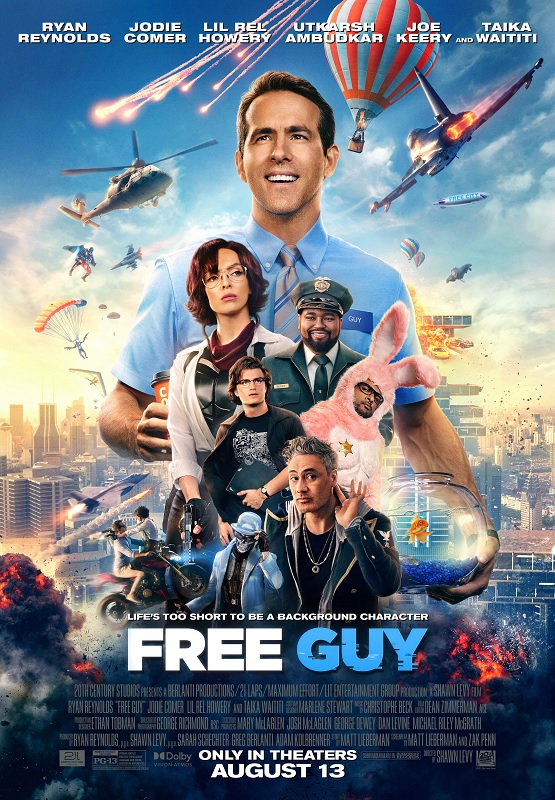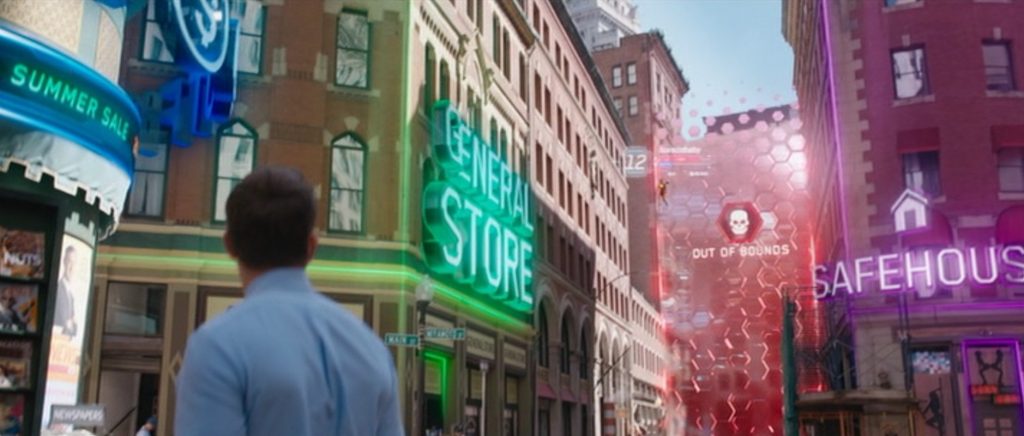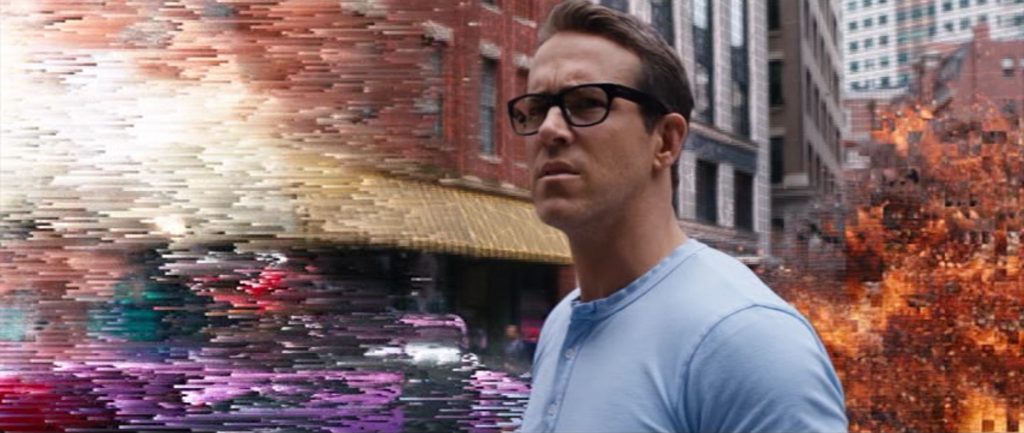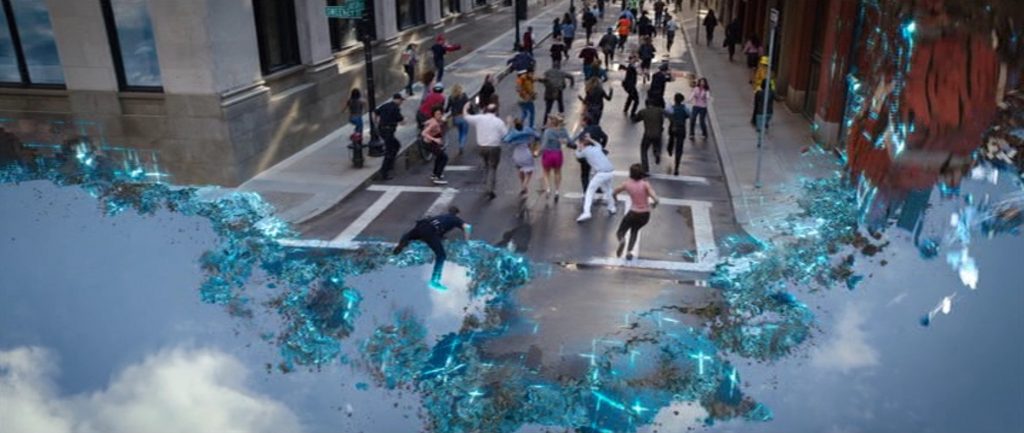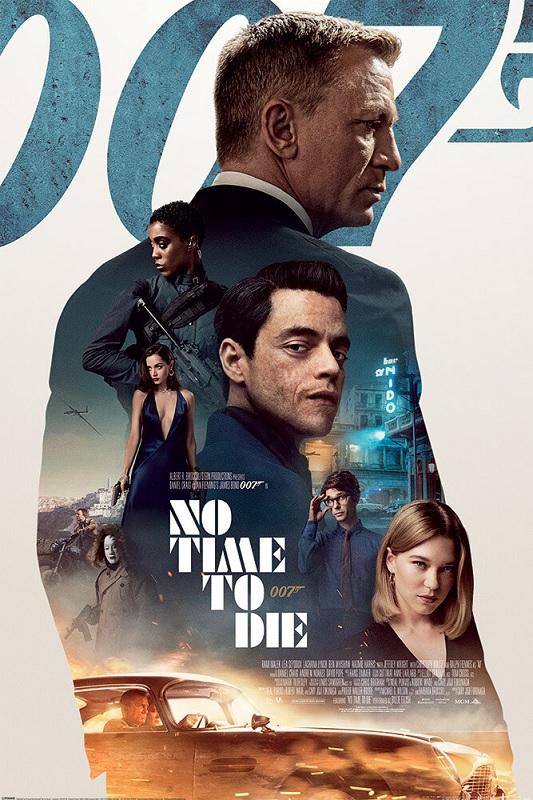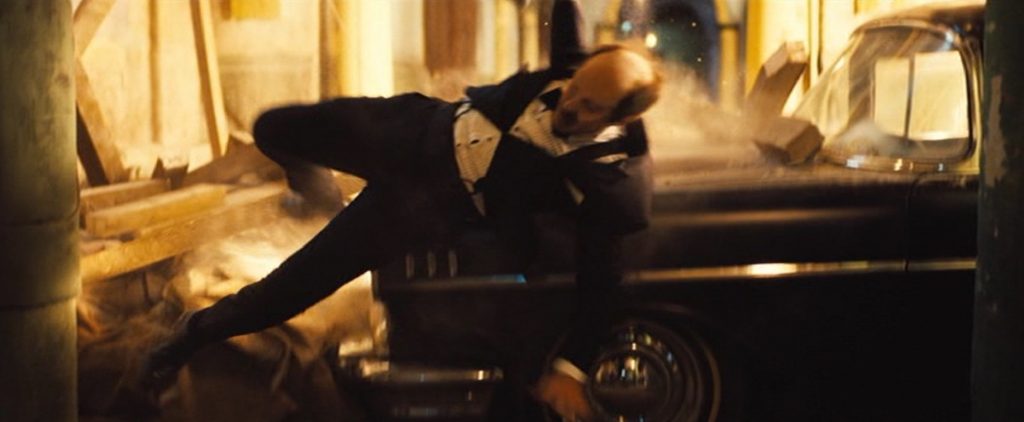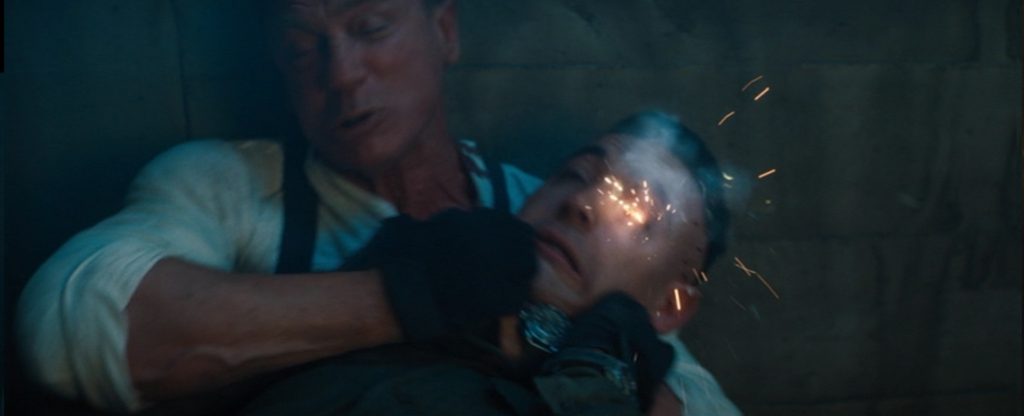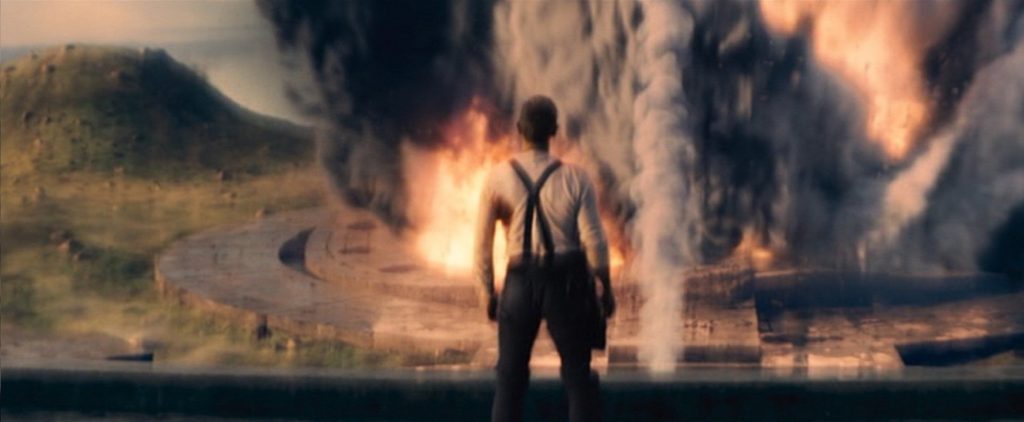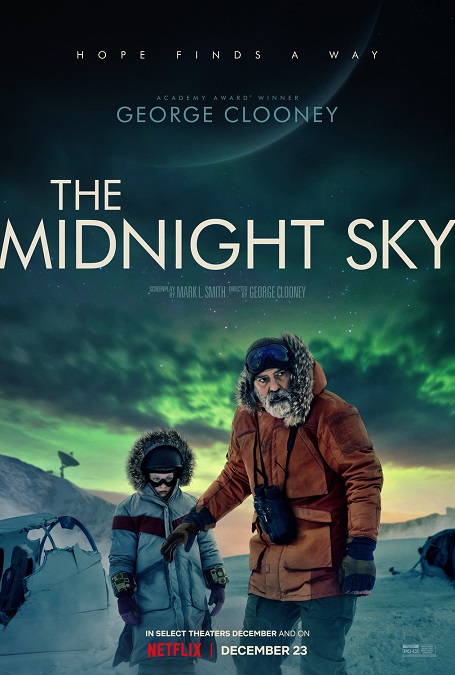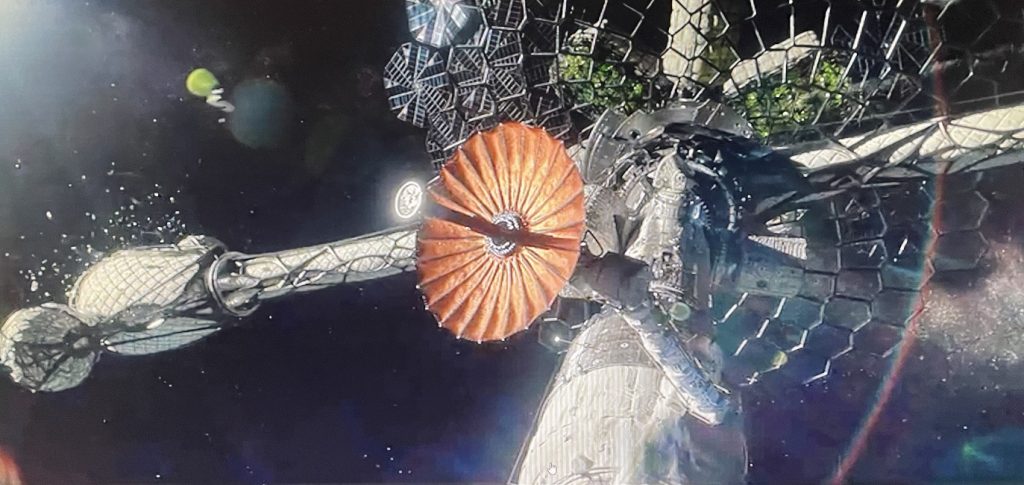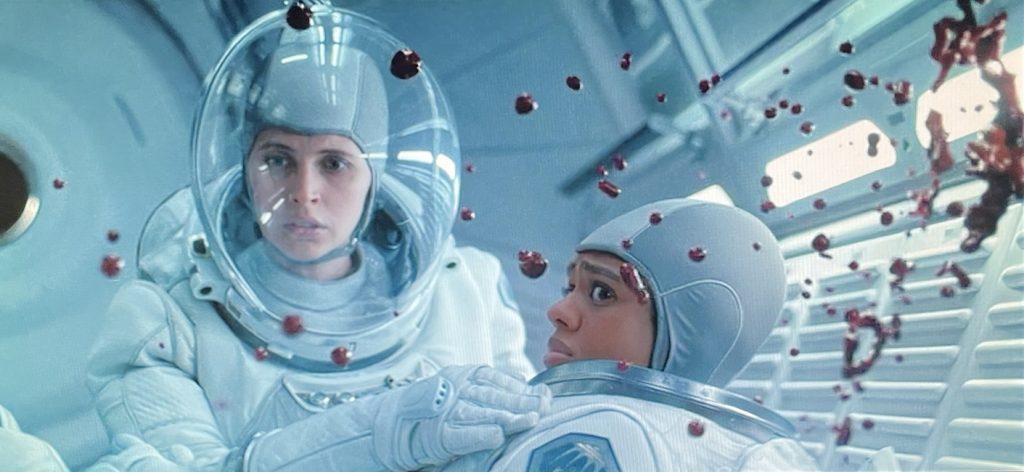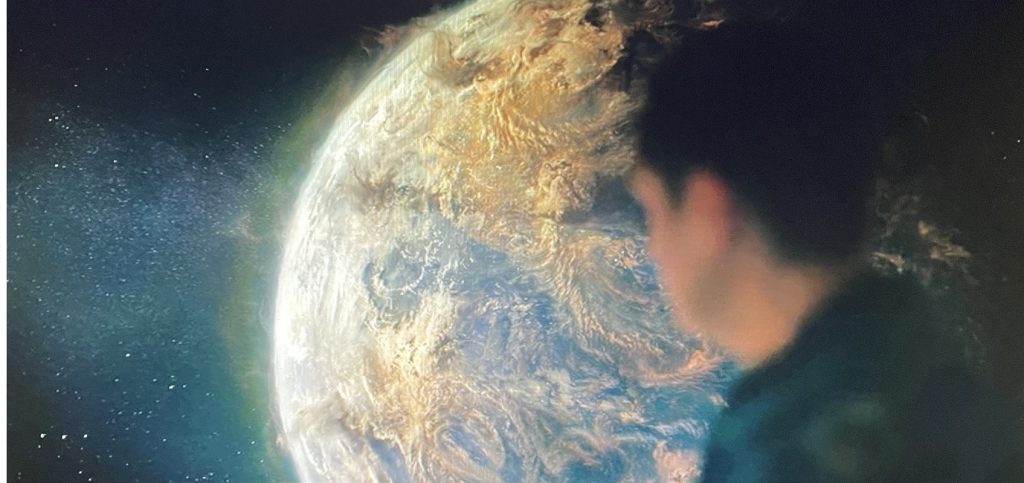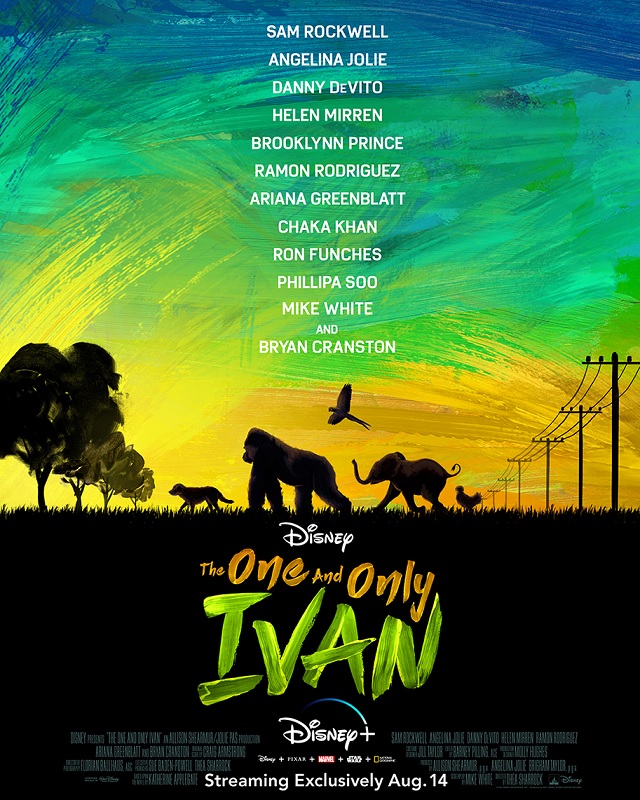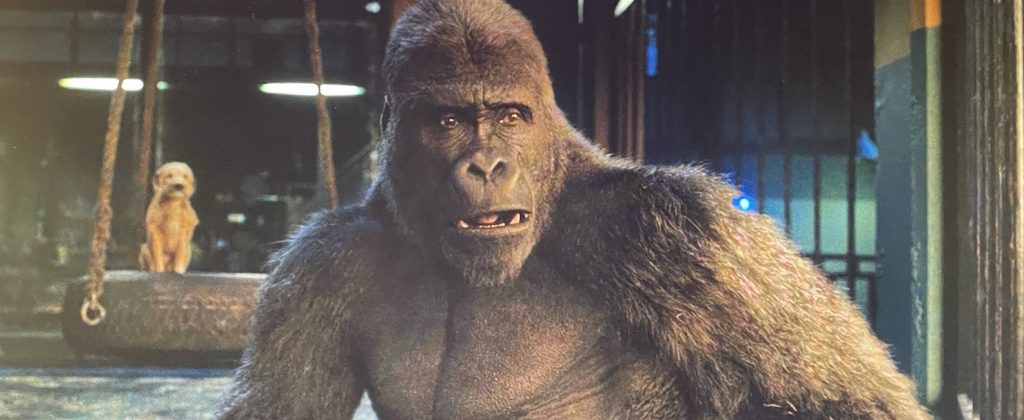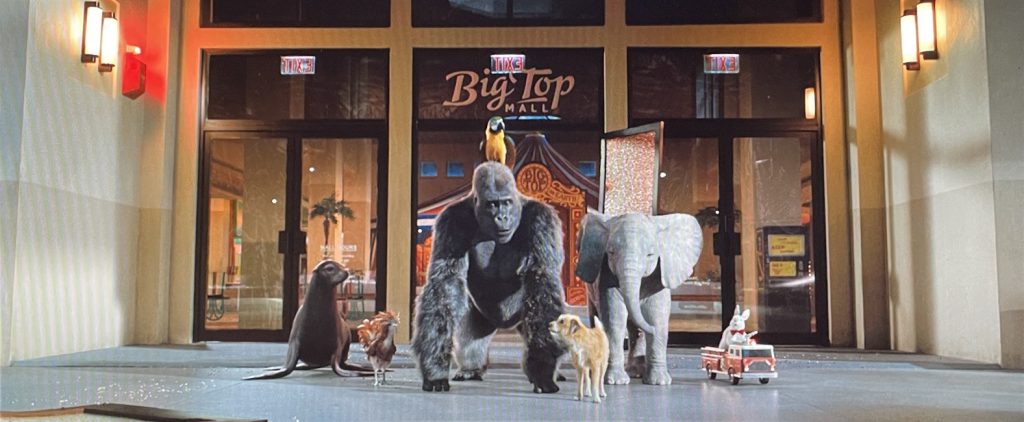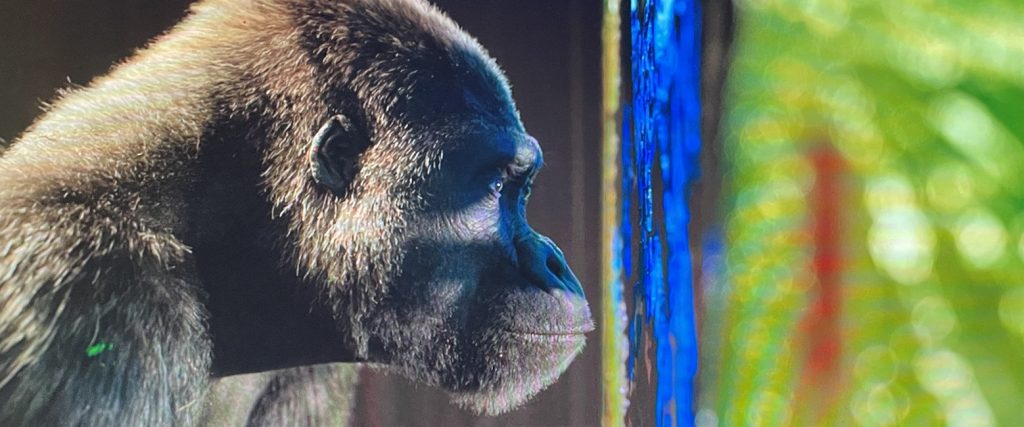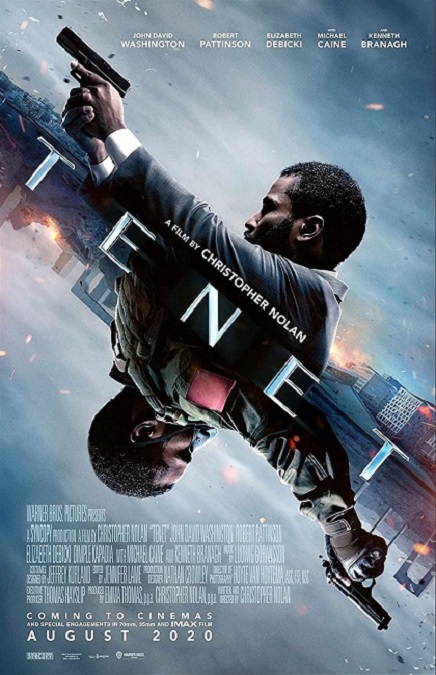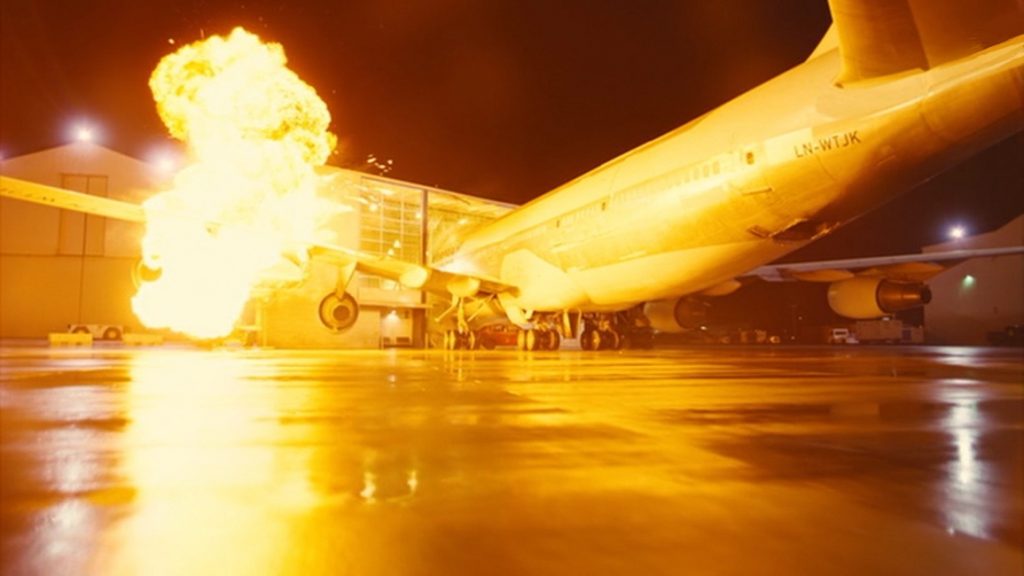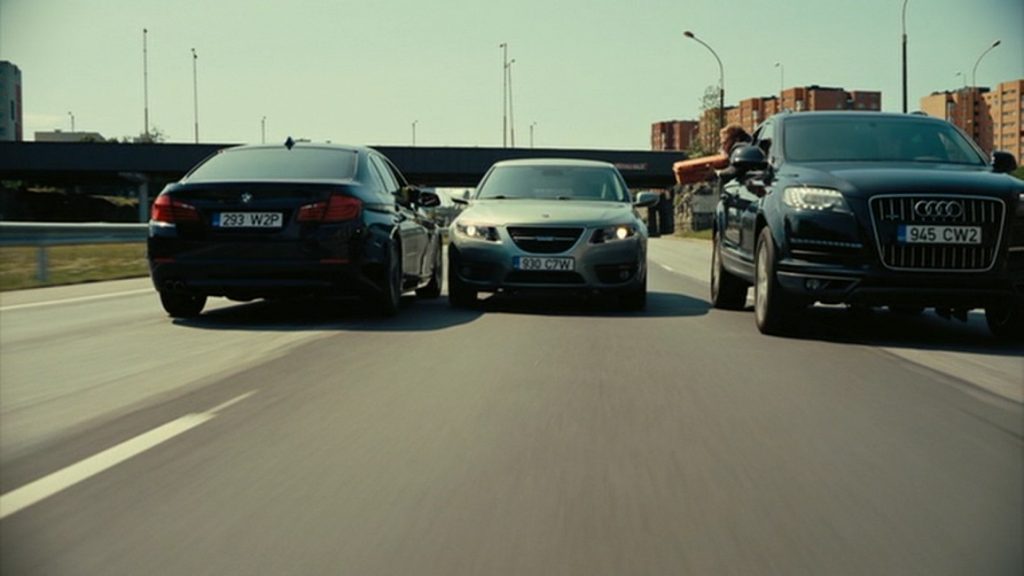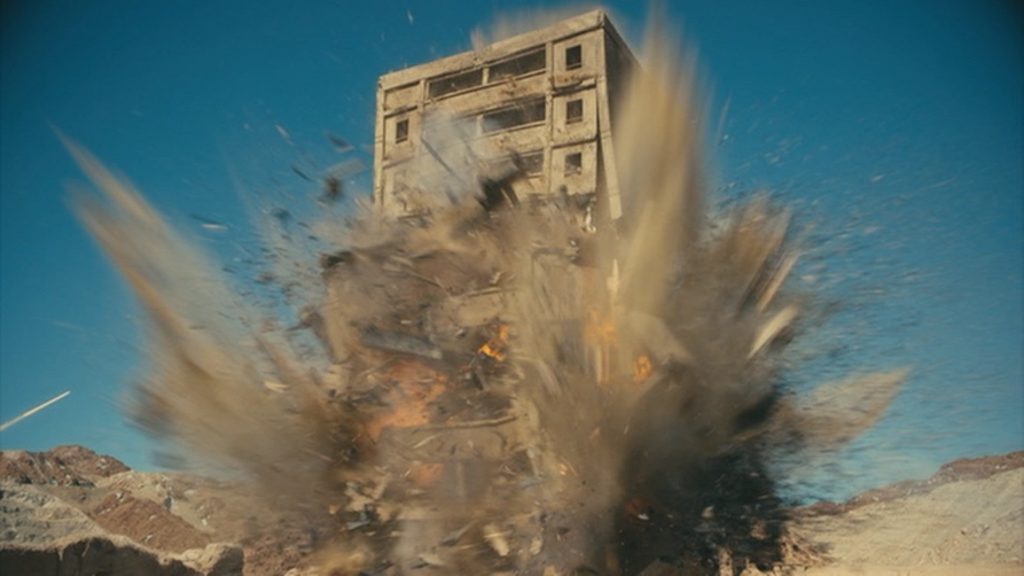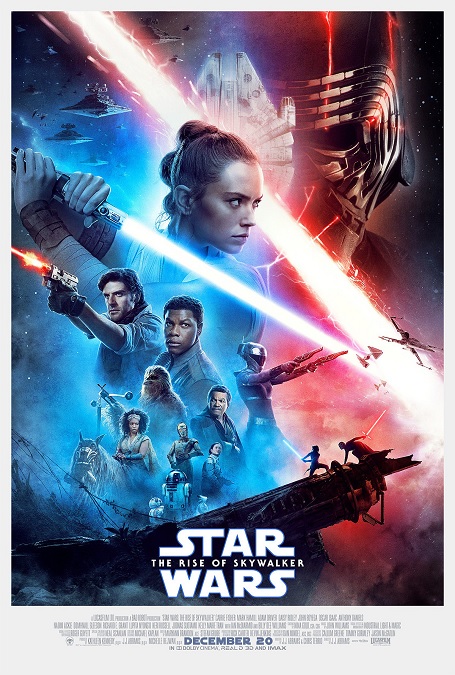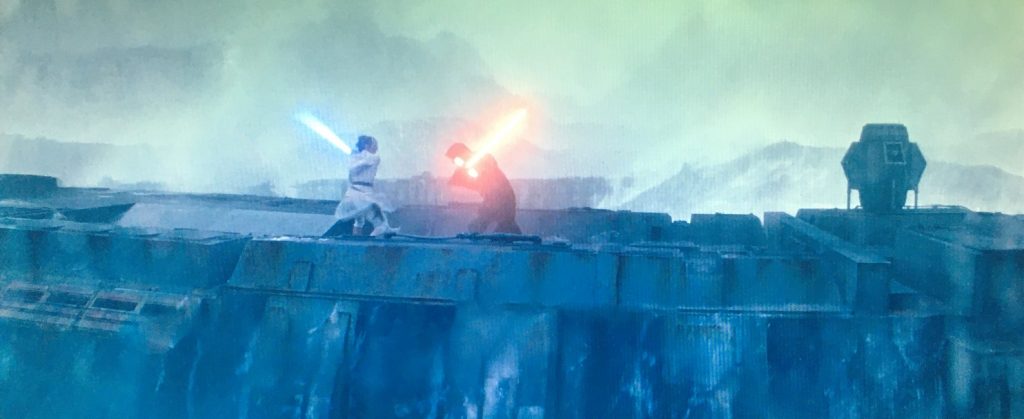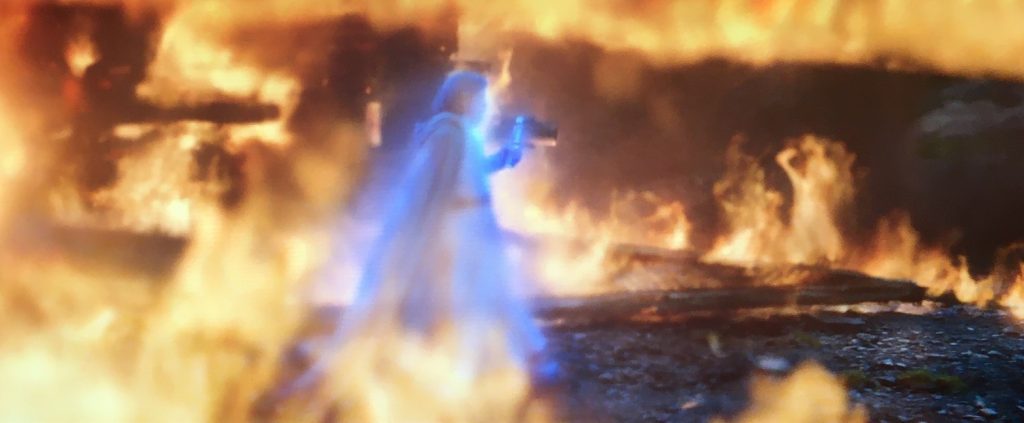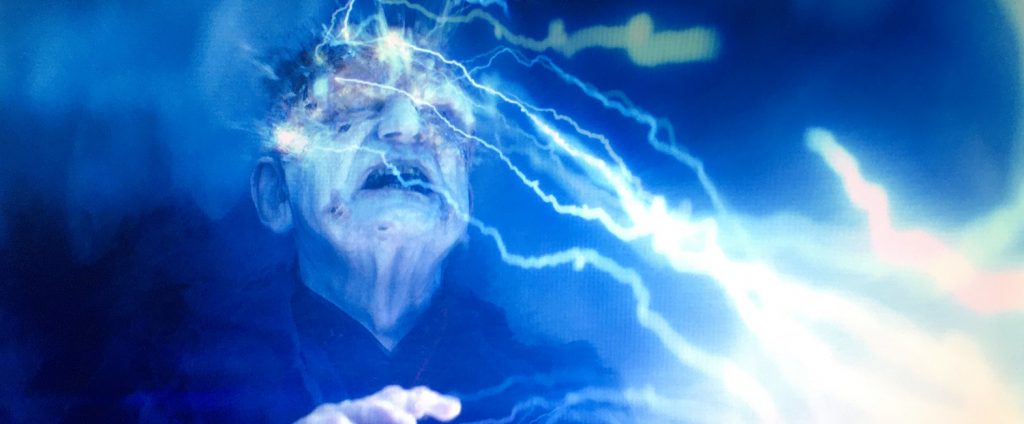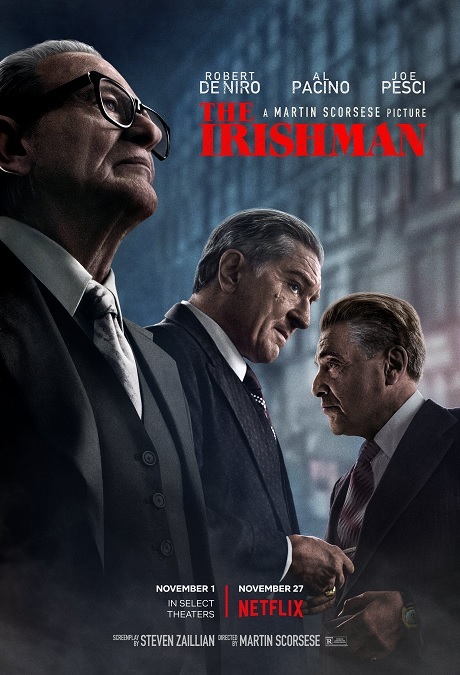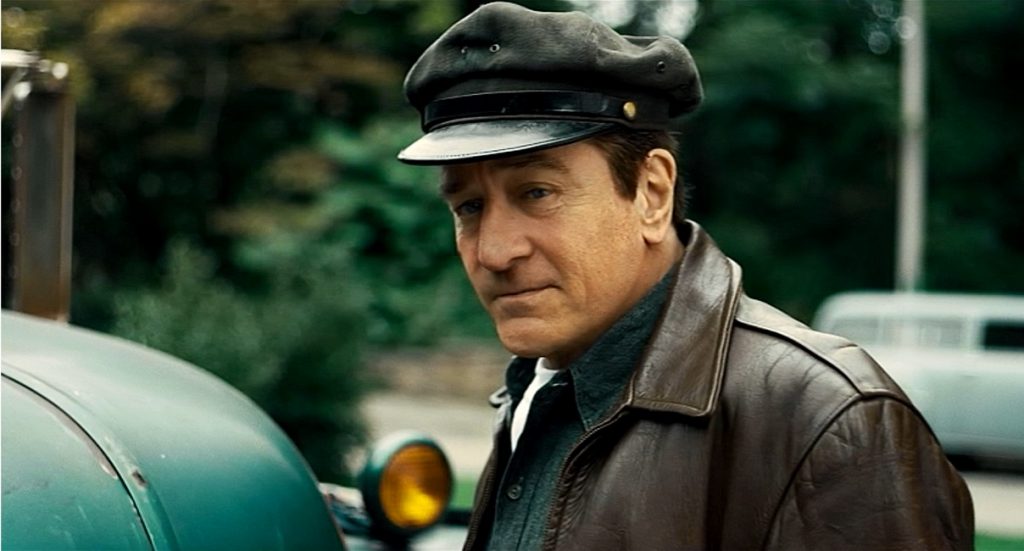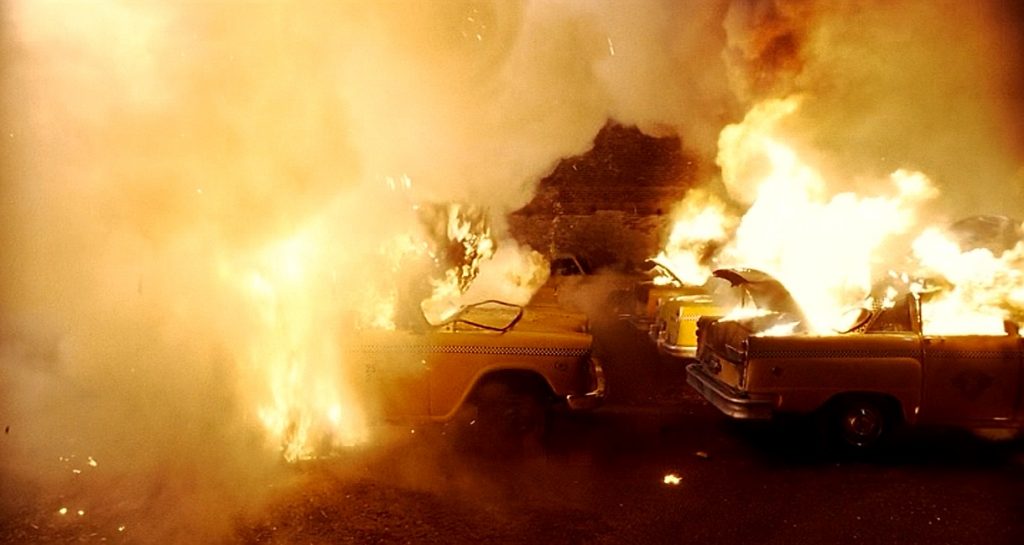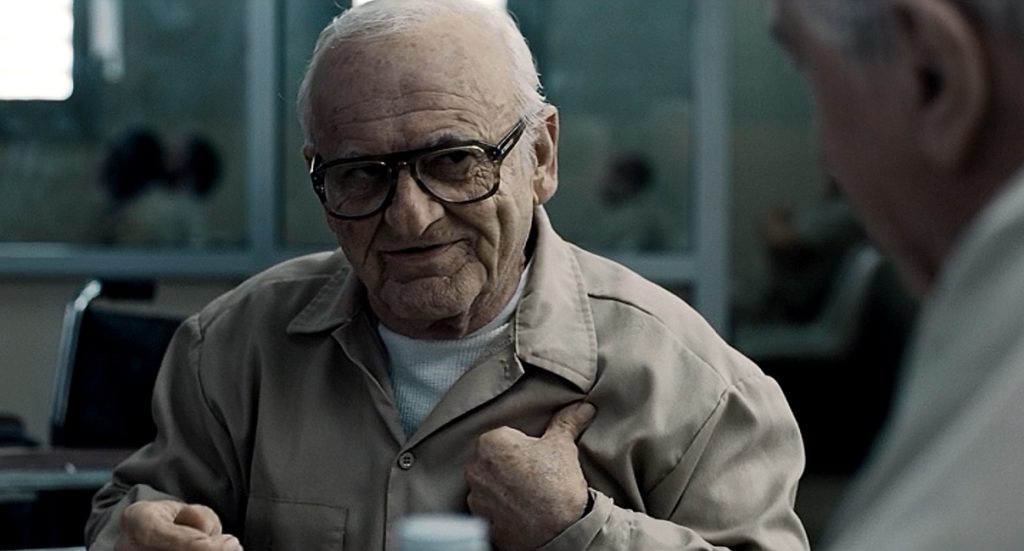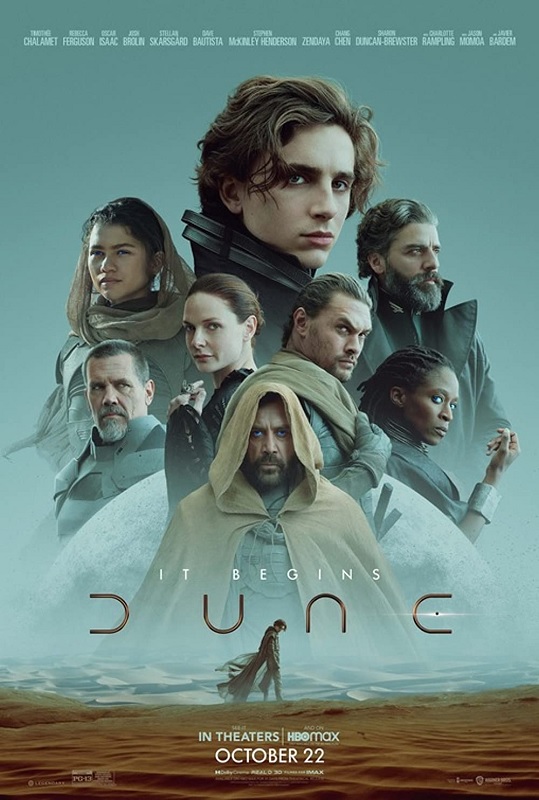
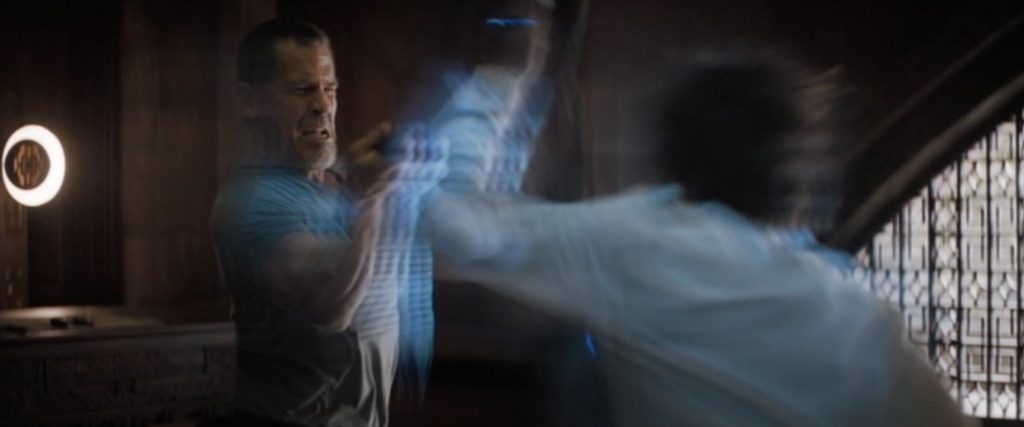
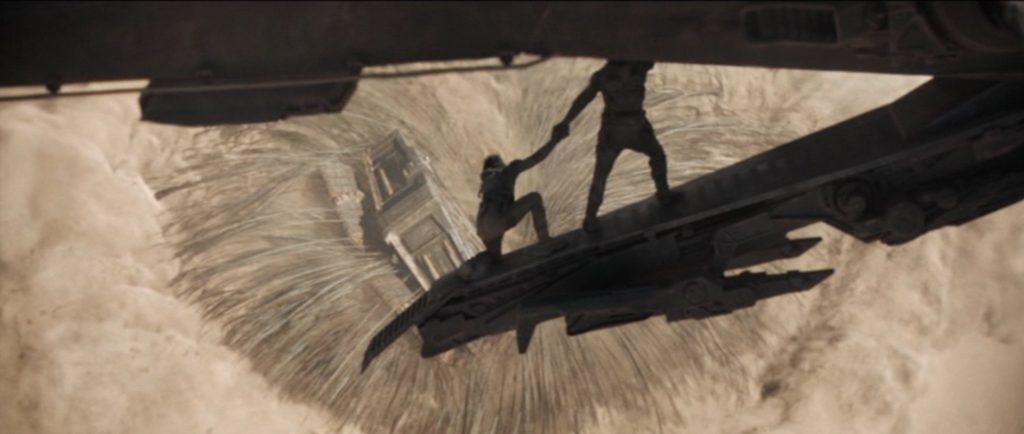
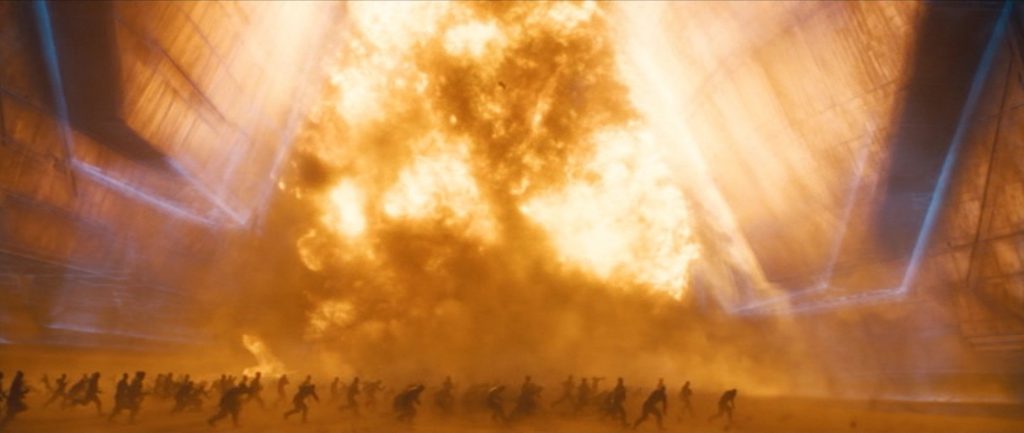

2021 – Dune (Winner)

The visual effects for Dune were incredible. They were unique, distinctive, flashy, captivating, and just plain impressive. The movie, as a whole, was certainly good, and a big part of it was the visuals. The filmmakers paid attention to the wonderful environments required by the narrative, and built the alien worlds in such a way as to make them other-worldly, and yet always grounded in a reality that audiences would be able to accept as real.
In doing a little reading about the film’s visual effects, I learned that the director, Dennis Villeneuve, used as many practical effects as he could. You see, I’m noticing a bit of a trend in Hollywood, especially in big-budget films. CGI effects and environments are wonderful. When used properly, they can make the fantastical or the futuristic as believable as reality. But CGI is not yet so perfect as to replace actual reality. Filmmakers seem to be discovering that reality, enhanced by a sprinkling of CGI effects, often produces better results on the screen. The CGI is still there, but it is used more sparingly. Personally, I like the trend.
To this end, more complete sets were built, rather than building small pieces of sets that were then completed with large portions of CGI. The dragonfly-like helicopters that were used, were full scale models that the actors could interact with, with functional cockpits. They were made to fly with the use of cranes, and the insect-like wings were digitally added in post. One of the coolest scenes in the film was the invasion of Arrakis. The massive explosions, the ethereal blue shields, and the raining missiles were visually stunning, and were a carefully constructed combination of practical effects and CGI.
There was plenty of blue-screening used, but something they did that took it to a new level was to use different colored chroma key screens, based on the environments that would be added in post. Instead of blue or green, they used sand-screens for some of the shots that took place in the deserts of Arrakis. Gray screens were used for scenes that took place on Caladan. The result of these different-colored screens was that post-production compositing was much easier, and the finished product appeared much more natural on the screen.
But the one effect that could not really be done practically, was the giant sand-worms. Their scale, and their completely alien nature would have been hard to believably create practically. But as for that, I found it pretty impressive that they were able to show the behemoths moving through desert sands like whales swimming through water. It was clever of them to use water based CGI programs combined with sand based software. Impressive! And the massive maws of the beasts filled with baleen were really cool! Great design, great execution!
